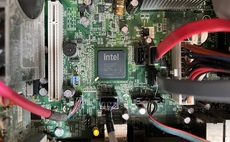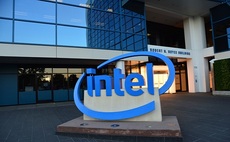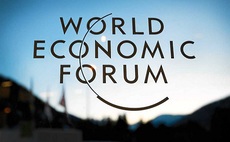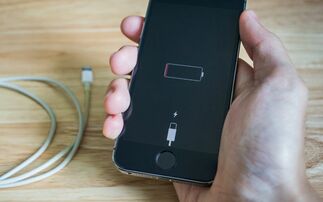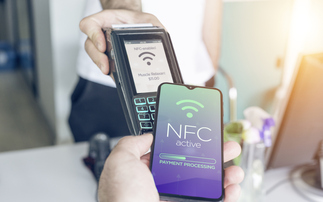$120 of the cost of a $400 smartphone pays for the intellectual property, claims report
The intellectual property battles between technology firms has taken its toll on the cost of smartphones, with royalty payments now estimated to cost more than $120 of the price of a $400 smartphon...
To continue reading this article...
Join Computing
- Unlimited access to real-time news, analysis and opinion from the technology industry
- Receive important and breaking news in our daily newsletter
- Be the first to hear about our events and awards programmes
- Join live member only interviews with IT leaders at the ‘IT Lounge’; your chance to ask your burning tech questions and have them answered
- Access to the Computing Delta hub providing market intelligence and research
- Receive our members-only newsletter with exclusive opinion pieces from senior IT Leaders








